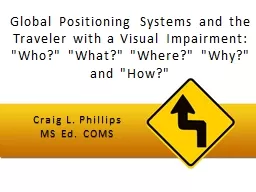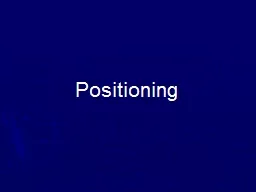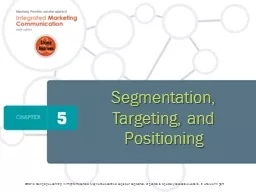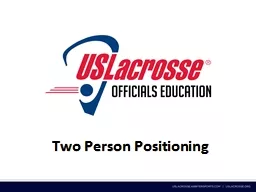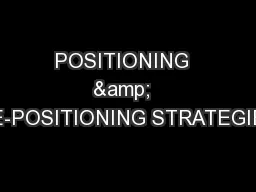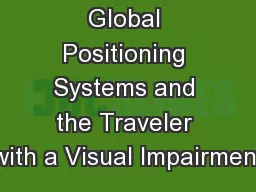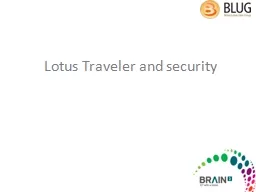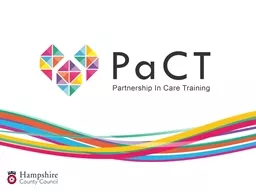PPT-Global Positioning Systems and the Traveler with a Visual I
Author : aaron | Published Date : 2017-11-07
Who What Where Why and How Craig L Phillips MS Ed COMS Kansas City Locations 2 Berthold Lowenfeld Blindness imposes the following limitations In the range and
Presentation Embed Code
Download Presentation
Download Presentation The PPT/PDF document "Global Positioning Systems and the Trave..." is the property of its rightful owner. Permission is granted to download and print the materials on this website for personal, non-commercial use only, and to display it on your personal computer provided you do not modify the materials and that you retain all copyright notices contained in the materials. By downloading content from our website, you accept the terms of this agreement.
Global Positioning Systems and the Traveler with a Visual I: Transcript
Download Rules Of Document
"Global Positioning Systems and the Traveler with a Visual I"The content belongs to its owner. You may download and print it for personal use, without modification, and keep all copyright notices. By downloading, you agree to these terms.
Related Documents

